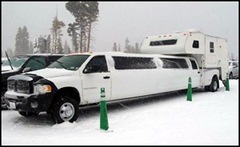 I’d like to call it wisdom, but that small voice from the Eternal Child Within suggests it ain’t smarts, it’s unwelcome gentrification.
I’d like to call it wisdom, but that small voice from the Eternal Child Within suggests it ain’t smarts, it’s unwelcome gentrification.
Prior to age 30 a weekend fishing trip was a buddy calling Friday night with a twenty burning a hole in his pockets, a pack of bologna, and a blanket. As long as you had the cash to match his tank of gas, the details fell into place when the creek came into view.
As daylight turned to darkness, the absence of proper planning meant, “You didn’t bring a flashlight? Guess we’re sleeping here.” Meals were spur of the moment, “I got some bread, some moist toilettes, and … SWEET, Tic Tac’s …”
Years later, my coworkers and I are headed up to Manzanita Lake for the weekend, and the water cooler conversation sounds like the antithesis of all we held sacred…
“You aren’t bringing a tent? You ain’t sleeping with me!”
Nope, as compelling as your narrow arse is in the moonlight, I thought I’d just toss in a tarp and a bag and call it good.
“There better be showers at the campground. You think they have showers there?”
You’re going to be arse deep in water all day, you think bathing will be that much of an issue, and if so – what about simply going swimming, like Jim Bridger…
OK, so it’ll be steaks Friday night, but what about Saturday night?
We could fight over the bones the bears leave us, or we could break camp and return a day and half early, just before we starve to death.
What do you guys put on your steaks?
Teeth mostly, sometimes fingers.
I’m trying my level best to steer the conversation to the important stuff; ensuring everyone is bringing a rod, someone is packing a float tube pump, which fly shop we’re stopping at so everyone has flies, how old is your tippet, knotted versus knotless, and will “NumbNuts” remember to bring his wading boots this time.
They’re having none of it, good sports, but somewhere between 20 and 50 we lost or gained something. Creature comforts asserted themselves, and invulnerability or spontaneity were lost when old bones touched cold ground, with wood smoke no longer the after shave of choice.
Well, what about Breakfast?
That’s the meal you and Martha Stewart slept through, I call it lunch, which will be the first time my feet touch dry land since dawn broke.

 I’m relying on a lot of older hooks to compensate for what’s not available, and that’s never a recipe for long term success. What’s needed is a commercially available “extra stout” hook or a “2X short shank” that combines a nice gape and heavy wire.
I’m relying on a lot of older hooks to compensate for what’s not available, and that’s never a recipe for long term success. What’s needed is a commercially available “extra stout” hook or a “2X short shank” that combines a nice gape and heavy wire. Last week I stumbled on the
Last week I stumbled on the  Barbless hooks have always been available in only one or two styles; a model perfect bend dry fly hook, and standard nymph. Absent are all of the XL (extra long), XS (extra short), different bend styles, or anything else that makes tinkering fun.
Barbless hooks have always been available in only one or two styles; a model perfect bend dry fly hook, and standard nymph. Absent are all of the XL (extra long), XS (extra short), different bend styles, or anything else that makes tinkering fun.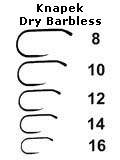 The decline in the US dollar affects pricing on all imported goods, it appears the target retail price of each vendor is around $5 per 25 hooks. A resurgent dollar would likely lower these costs significantly.
The decline in the US dollar affects pricing on all imported goods, it appears the target retail price of each vendor is around $5 per 25 hooks. A resurgent dollar would likely lower these costs significantly.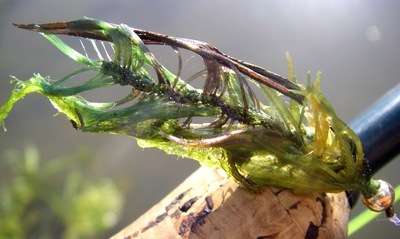
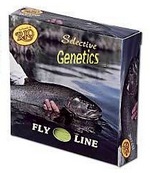 You know Rio or Scientific Anglers will rise to the bait, they’ve made a fly line for almost every conceivable gamefish, rod action, and water density, and this latest trend folds neatly into the light tackle phenomenon.
You know Rio or Scientific Anglers will rise to the bait, they’ve made a fly line for almost every conceivable gamefish, rod action, and water density, and this latest trend folds neatly into the light tackle phenomenon. The Wall Street Journal posted,
The Wall Street Journal posted, 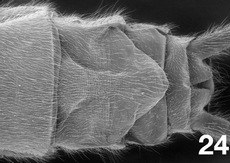 I’ve always thought the reason anglers treat aquatic insects with respect is the knowledge the winged version can’t suck blood – therefore trodding streambed was indiscriminate, without thought to repercussions.
I’ve always thought the reason anglers treat aquatic insects with respect is the knowledge the winged version can’t suck blood – therefore trodding streambed was indiscriminate, without thought to repercussions.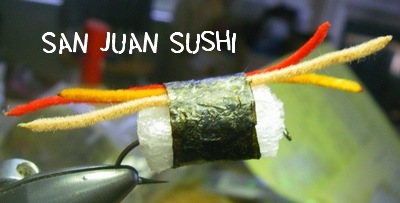
 Had to work straight through the weekend again, but I did get a chance to sneak out before dark last night to observe the “Carp Conundrum” and see if I could puzzle out a solution.
Had to work straight through the weekend again, but I did get a chance to sneak out before dark last night to observe the “Carp Conundrum” and see if I could puzzle out a solution.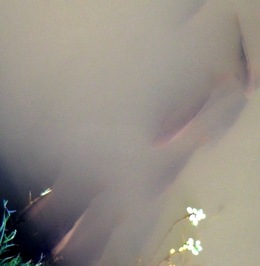 We’ve returned to the “fun” part of summer, temperatures breached 103 today, add the smoke burden and it’s about as enjoyable as you can imagine; profuse sweat, extra humidity, and air you can eat with a steak knife.
We’ve returned to the “fun” part of summer, temperatures breached 103 today, add the smoke burden and it’s about as enjoyable as you can imagine; profuse sweat, extra humidity, and air you can eat with a steak knife.